What is an Easy to Work on Awd Car
How It Works: All-wheel and four-wheel drive
AWD or 4WD: Which do you really need?
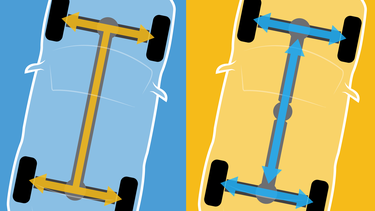
Canadians love all-wheel drive, and many choose their vehicles specifically because it's included. But not all systems work the same way and it's important to know how yours does to get the maximum benefit and, in some cases, avoid damaging the system.
Still, it can be confusing to many buyers when they have to navigate between all-wheel drive (AWD) and four-wheel drive (4WD or 4×4), since the terms are sometimes used interchangeably. And even AWD doesn't always mean that all wheels are being driven all the time.
First, some background. If they aren't AWD or 4WD, vehicles will use either front-wheel drive (FWD), in which the front wheels are powered by the engine, or rear-wheel drive (RWD), where power goes to the rear wheels.
AWD and 4WD systems can send power to all four wheels, but in most cases, it won't be an equal amount to each one. Most commonly, AWD vehicles send more power to the front wheels (often called front-wheel biased), while 4WD systems send more to the rear ones (rear-wheel biased).
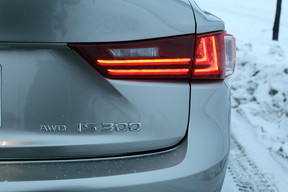
Many AWD systems run almost entirely in front-wheel drive until they react to situations, such as slipping or acceleration, whereupon they send some power to the back. Older systems could take time to react, and you sometimes got stuck before they could help you out, but most today are far more sophisticated and almost instantaneous. Some even measure speed, braking, steering angle and ambient temperature to predict slippage, and distribute power proactively as necessary. All of this happens automatically and with no action from the driver. The power distribution is indicated by a percentage, so if the system is "60/40," for example, it can divert a maximum of 40 per cent of engine power to the rear wheels.
-

13 winter-ready AWD vehicles for under ,000
-

The need-to-know basics of all-wheel drive
Some systems also have torque vectoring, which can further distribute that power between the left and right wheels. This is more often found on performance vehicles, where providing extra torque to an outside rear wheel can help nudge the front end tighter into a curve for better handling.
Some AWD models have a "lock" button that will provide an equal 50/50 distribution. Most only work at low speeds, and are meant for such situations as getting out of a snowy driveway. Once you exceed the system's limit, usually around 30 to 40 km/h, the lock automatically disengages and the system goes back to its normal AWD operation.
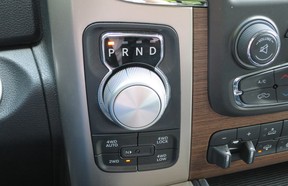
So how do you know what type of system your AWD vehicle has? It isn't always easy to tell, since manufacturers may just advertise the all-wheel drive without specifying exactly how it works or the percentage of torque distribution. Your owner's manual may give you some information on it, including how to use the "lock" button if you have one, but you may have to call the automaker's customer service line to find out for sure.
Most AWD systems are meant for slippery conditions or mild cottage trails, not for heavier-duty off-roading. For that, you'll want 4WD, but once again, you need to know exactly what type you're getting. (And that's assuming the automaker hasn't used the term to describe something that's really closer to an AWD system.)
A true 4WD system, such as that found on pickup trucks or sport-utilities like the Jeep Wrangler, runs in rear-wheel drive until you engage 4WD, usually with a dial or a lever. This is where you have to be careful, because using it improperly could potentially damage it.
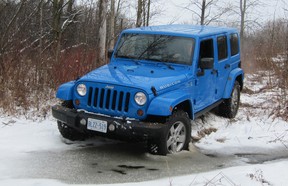
Most 4WD systems on the market are "part-time" systems. Under almost all conditions, you keep it in rear-wheel drive only, which is the 2WD setting on the dial. Putting it into 4WD locks the front and rear axles together for maximum traction, and it should only be used on loose surfaces such as gravel, mud or deep snow. On hard asphalt, with the axles locked together, the system can bind or wear.
The 4WD's "4High" setting locks the axles for equal power to both. Most will also include "4Low," which uses gears to increase engine torque to the wheels. Check the owner's manual for instructions on how to engage it. The 4Low setting is for the roughest stuff and at low speeds.
The exception to the no-asphalt rule is "full-time" 4WD. This may be indicated by an "Auto" setting on the dial. On some SUVs, it's the default system and is engaged all the time. Full-time 4WD compensates for potential binding and can be driven on dry pavement, although it uses more fuel and is best turned on when driving on slippery hard surfaces, such as alternating patches of bare road and snow.
It's possible that a lower-priced trim line may not have the "Auto" setting that a higher-priced version of the same vehicle does, so be sure you know what you're getting when you buy.
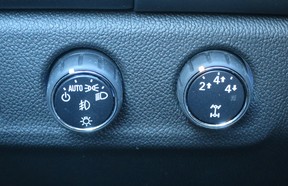
Choose Trim
Make
You can only pick 5 vehicles to compare
Edit your picks to remove vehicles if you want to add different ones.
You have reached the limit of vehicles
You can only add up to 5 vehicles to your picks.
Source: https://driving.ca/auto-news/news/how-it-works-all-wheel-and-four-wheel-drive



0 Response to "What is an Easy to Work on Awd Car"
Post a Comment